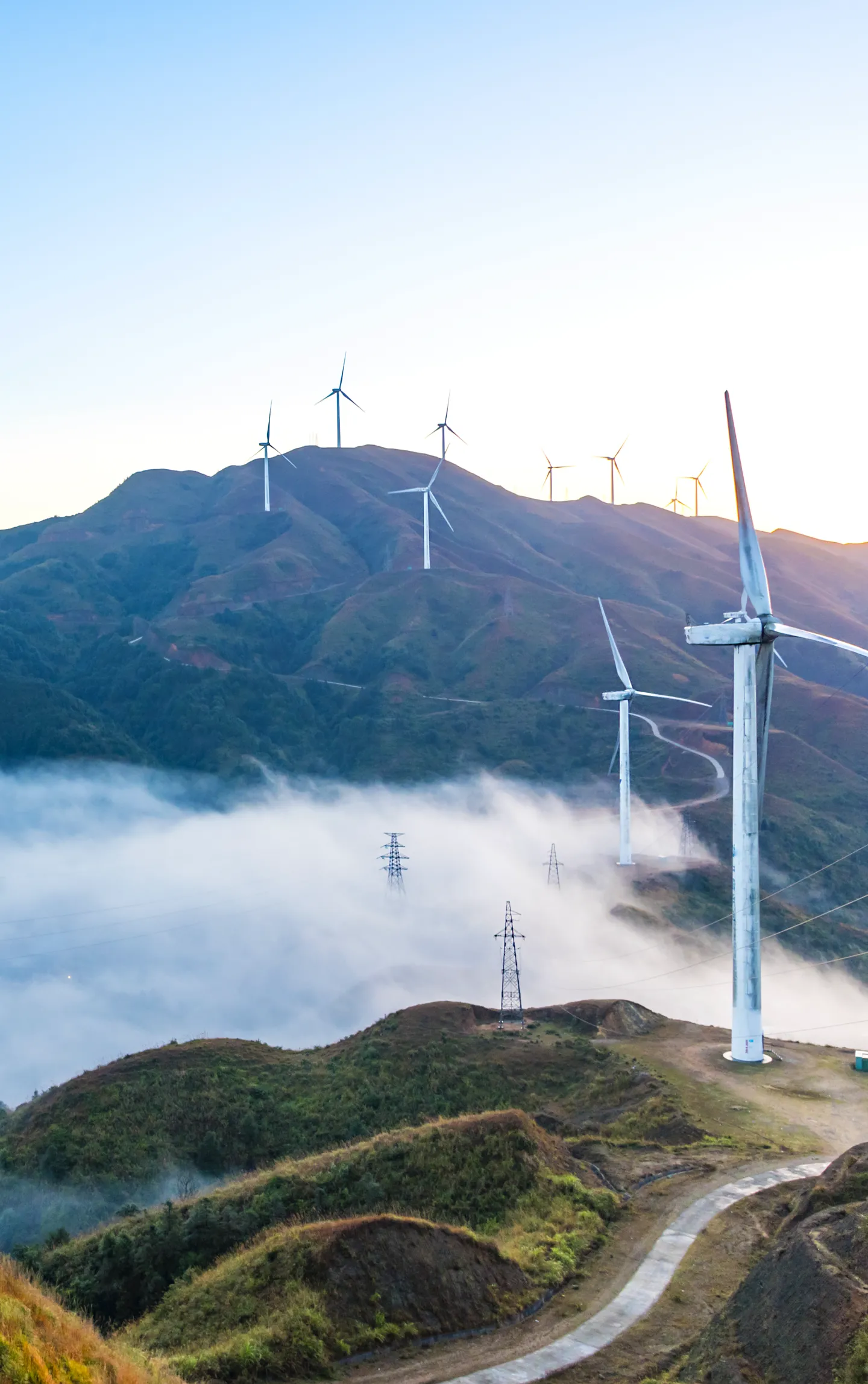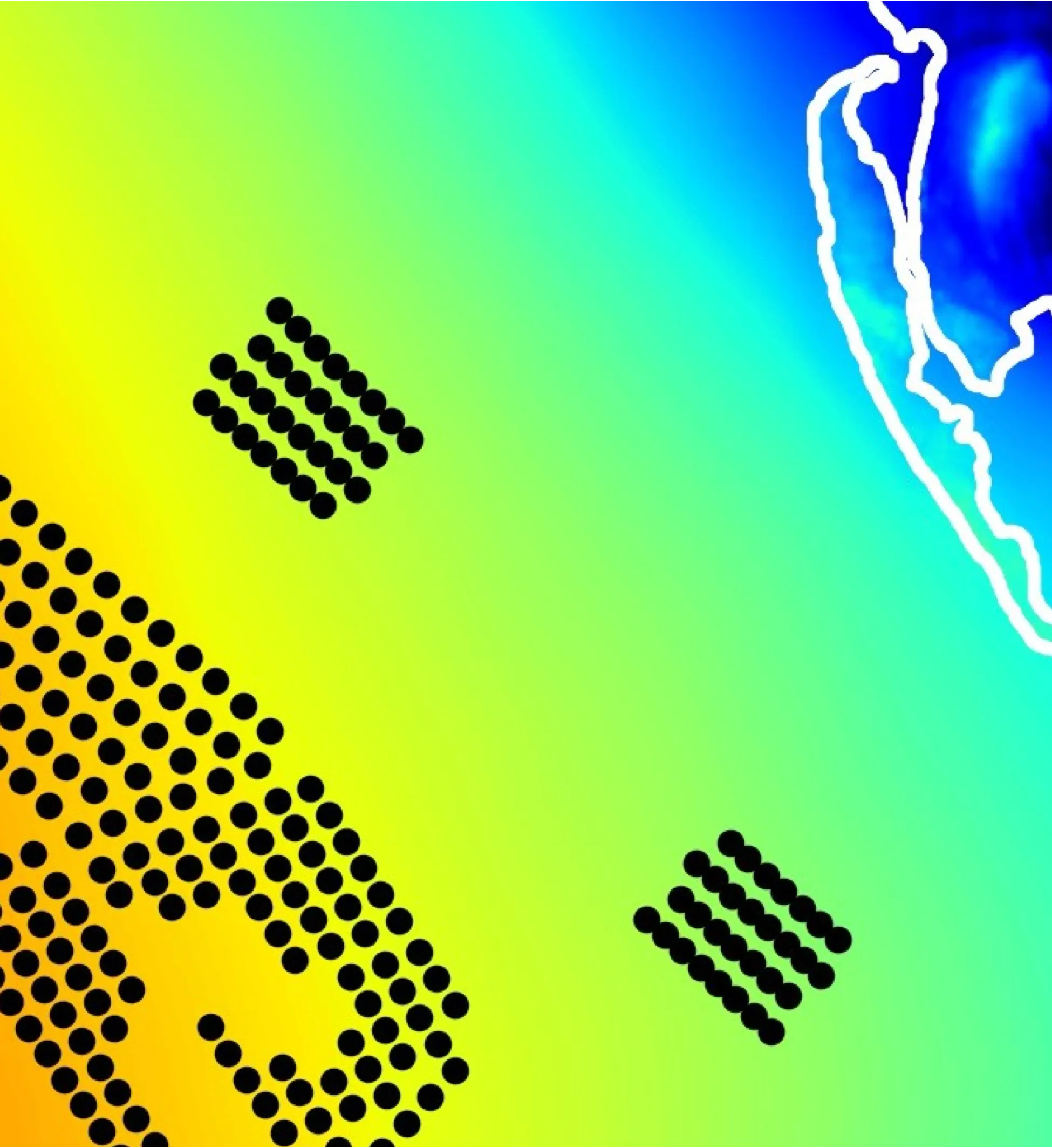
Methodology
VMTpro is based on reliable and validated weather forecasting technology.
VMTpro technology is powered by the validated, decades-proven Weather Research and Forecasting model or "WRF". WRF is the most recent incarnation of the numerical weather prediction model. The model created by prestigious university professors for scientific research in the 1980's and then adopted and modified for operational weather forecasting by the United States National Oceanic and Atmospheric Administration (NOAA) and the US National Center for Atmospheric Research (NCAR).
Running the WRF model requires significant computational resources and a deep bench of expertise in atmospheric modeling. Over many years and iterations, Bureau Veritas's team of PhD atmospheric scientists, with over 30 years of continuous research-grade and commercial-applications experience using atmospheric numerical weather prediction models (mesoscale meteorological modeling "mesoscale" and large-eddy simulation "LES") have leveraged the advantage of today's supercomputing power to develop its own sophisticated weather modeling methodology.
The WRF code contains all of the physics and thermodynamics required to simulate time-evolving natural weather from the surface of the earth to the stratosphere. VMTpro modeling includes turbulence, storms of all kinds from windstorms to thunderstorms to hurricanes, clouds from cumulus to stratus and cirrus to cumulonimbus, dust and particulate transport, snow depth and snowmelt, vegetation type-roughness-transpiration, soil type and soil moisture, humidity, and precipitation (rain, snow, hail, icing).
Advanced initial and boundary conditions from validated and accepted ERA5 Reanalysis.
To initialize and integrate the WRF model forward in time for a local area, large-scale inputs throughout the area and volume being modeled are required. To do this, we utilize the "ERA5" reanalysis data, which is created by the long-established European Centre for Medium Range Weather Forecasting.
ERA5 is a detailed snapshot of global weather, in hourly intervals, at 0.25° latitude by 0.25° longitude granularity going back more than 60 years. Its data comprise reanalyzed weather from a volume of weather data sources, including weather balloons, visible and infrared radiation (solar) satellite measurements, observations from aircraft, and many more.
